 30 DAY warranty on all custom-made products | 1,000+ 5 Star ★★★★★ Reviews
30 DAY warranty on all custom-made products | 1,000+ 5 Star ★★★★★ Reviews 30 DAY warranty on all custom-made products | 1,000+ 5 Star ★★★★★ Reviews
30 DAY warranty on all custom-made products | 1,000+ 5 Star ★★★★★ Reviews
When it comes to replacing missing teeth, people are often faced with a choice between dental flippers vs partial dentures. Both options offer solutions to restore a natural-looking smile and enhance oral functionality, but they come with their own set of advantages and disadvantages.
In this blog post, we’ll delve into the pros and cons of dental flippers and partial dentures to help you make an informed decision about the best option for your dental needs.
A dental flipper is a removable partial denture used as a temporary tooth replacement. It is designed to fill the space created by a missing tooth or teeth until a more permanent dental restoration, such as a bridge or implant, can be provided.
The term “flipper tooth” is often used because it can easily be flipped in and out of your mouth. Dental flippers are typically made of an acrylic retainer like base that sits against the roof of your mouth and prosthetic or fake teeth that match the appearance of the missing ones. Or they can be attached to the surrounding natural teeth with metal or plastic clasps.
A flipper tooth is a temporary solution that is less stable or durable than more permanent dental restorations. It is commonly used when someone is waiting for a more permanent solution, such as the completion of the healing process after tooth extraction or the planning and placement of a dental implant.
A partial denture is similar to a flipper tooth. It’s a removable dental appliance that replaces one or more missing teeth. It is designed to blend in with the natural teeth and restore both function and aesthetics to the oral cavity. Unlike a flipper tooth, a partial denture is a more permanent solution.
It consists of a customized base made from materials like metal or acrylic, designed to fit the unique contours of a person’s mouth. Within this base are prosthetic teeth that mimic the appearance of the missing natural teeth. This restores both your teeth’s function and aesthetics.
One of the defining features of partial dentures is their versatility. The base material can vary from acrylic, metal, or a combination of the two. This gives you flexibility in both durability and cost.
Partial dentures are crucial in improving the oral health and aesthetics of anyone with missing teeth. By filling the spaces created by tooth loss, they complete your smile and boost your self-confidence. They also prevent potential issues like changes in facial structure that can occur with prolonged tooth loss.
Dental flippers and partial dentures are both removable dental appliances used to replace missing teeth. But their similarities go beyond that.
While dental flippers and partial dentures have several similarities, they also have key differences that are important to understand when deciding between them.
Dental flippers are typically considered temporary solutions used in specific situations, while partial dentures are more versatile and can be used as a longer-term tooth replacement option. The choice between a dental flipper vs a partial denture depends on factors such as your specific needs, the condition of your remaining natural teeth and your preferences.
Weighing the pros and cons allows you to make the best decision based on your specific needs, preferences and circumstances. It allows for a realistic understanding of dental flippers’ temporary nature and limitations and helps in planning for more permanent solutions when/if necessary.
Understanding the pros and cons of partial dentures ensures you’re making an informed decision based on your individual needs, preferences and circumstances. And it helps you plan for the most suitable long-term tooth replacement solution.
Choosing between a dental flipper vs a partial denture depends on various factors, including budget, desired longevity and cosmetic concerns. Dental flippers may be a suitable and cost-effective option for those seeking a temporary solution. At the same time, partial dentures offer a more stable and durable choice if you’re looking for a longer-term fix.
Your dream smile is within reach with Dental Lab Direct. Our range of partial dentures is a cost-effective way to regain your confidence to smile again.
Our three-step process ensures you’ll be proudly showing off your new smile in just 4 weeks.

Satisfaction is our goal. If for any reason you aren't happy with your custom-made DLD appliance, just contact us and we'll make sure you are.
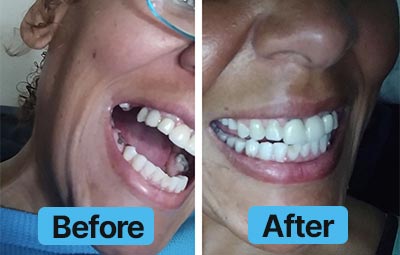
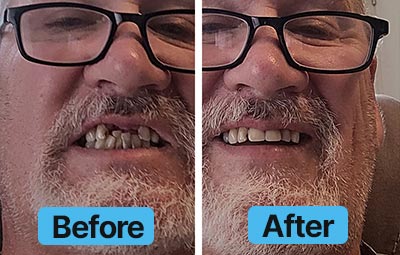
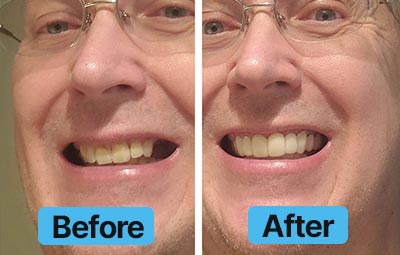
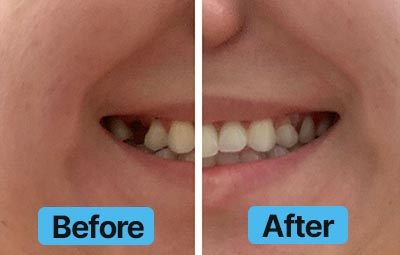
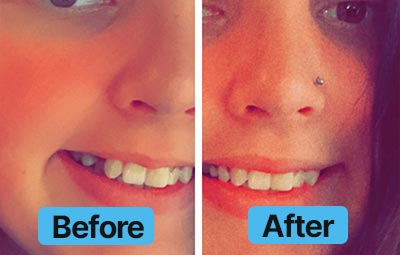
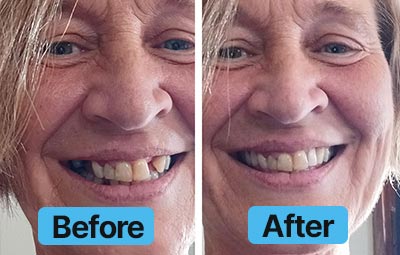
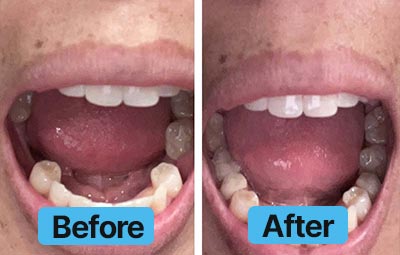
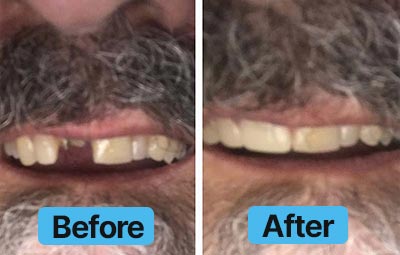
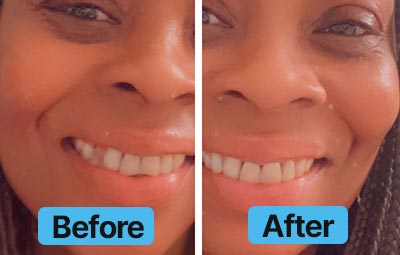
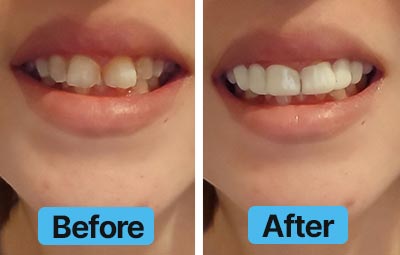
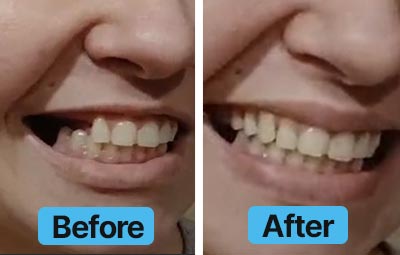
Ordered from DLD and a competitor and you blew them out of the water. They had me re doing impressions for 6 months! You guys needed only one. Your product fits perfectly and is front and back of teeth. Theirs is front face only. Life changing result. I can smile again!
I love it you guys did a great job
Bottom partial fits well! I can chew again without worrying about choking! I am more confident with my smile and holding conversations with others!
Direct Dental supplies the real thing - not a knock off that is incorrectly sized. Easy to navigate website and fast delivery. Definitely Recommend
It fits wonderful and I am in love with my smile again.
This is my 2nd flipper and I'd highly recommend! My first one I got through my dentist but unfortunately I lost it and it would cost over $800 to get a new one so I decided to go with dental lab direct and I'm so glad I did. This flipper was much less expensive and it fit so much better and is more comfortable than the one I got at the dentist!
Exactly what I expected. Probably have enough of them for 5 years now!
Fits perfectly. I can hardly tell it’s in there thank you.
I am very happy with my Nesbit partial denture. It blends in perfectly with my other teeth and very comfortable to wear. It has already boosted my confidence and best of all, it was more than half the cost of what my dentist would have charged me for it.
I had a tooth extracted near the front, and even WITH insurance, a bridge from my dentist was going to be close to $4,000. I found this site, received my kit and mailed it back - had my new bridge 3 weeks later. I was a bit apprehensive about prepaying, but it was SO worth it. I can smile again without embarrassment.
Finally upgraded from my old mouthguard from my dentist from years ago, and these are really something else!!
Bought my flipper a few months ago, never told anyone, and no one can tell they aren't my real teeth :):):)
My smile (now) is something I never expected to have again since I was younger. Bless you
The flexible partial is a game changer.I can smile and eat again.
This company is the bomb!! Nicely done.
5 stars. If I could give 10 then I would.
I just became so obsessed with my new smile.
Brand new beautiful smile!
I feel great when I put onmy snap on venners
I am still waiting to save enough for my implant and decided to buy the Nesbit partial. This little thing is wonderful!